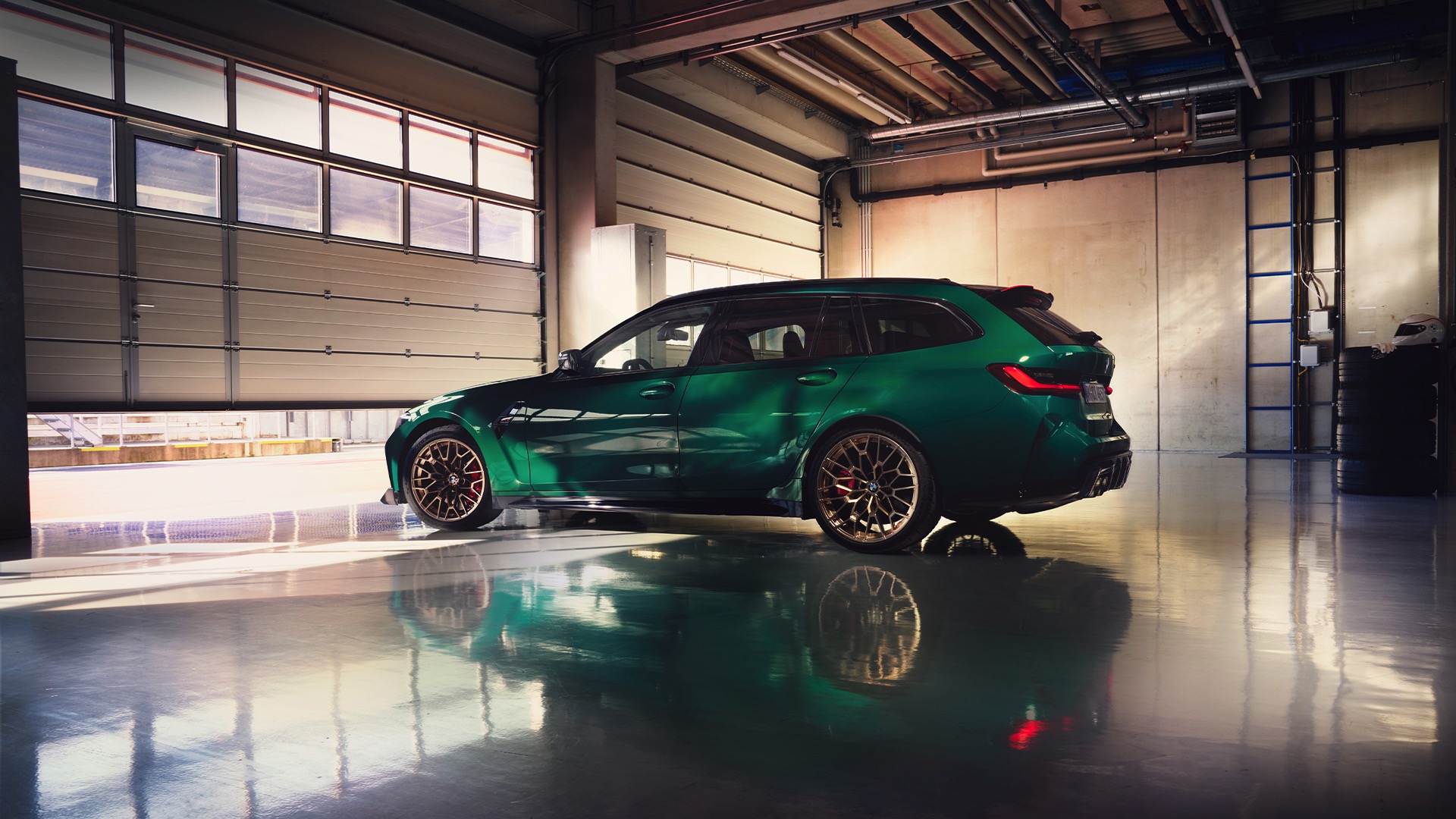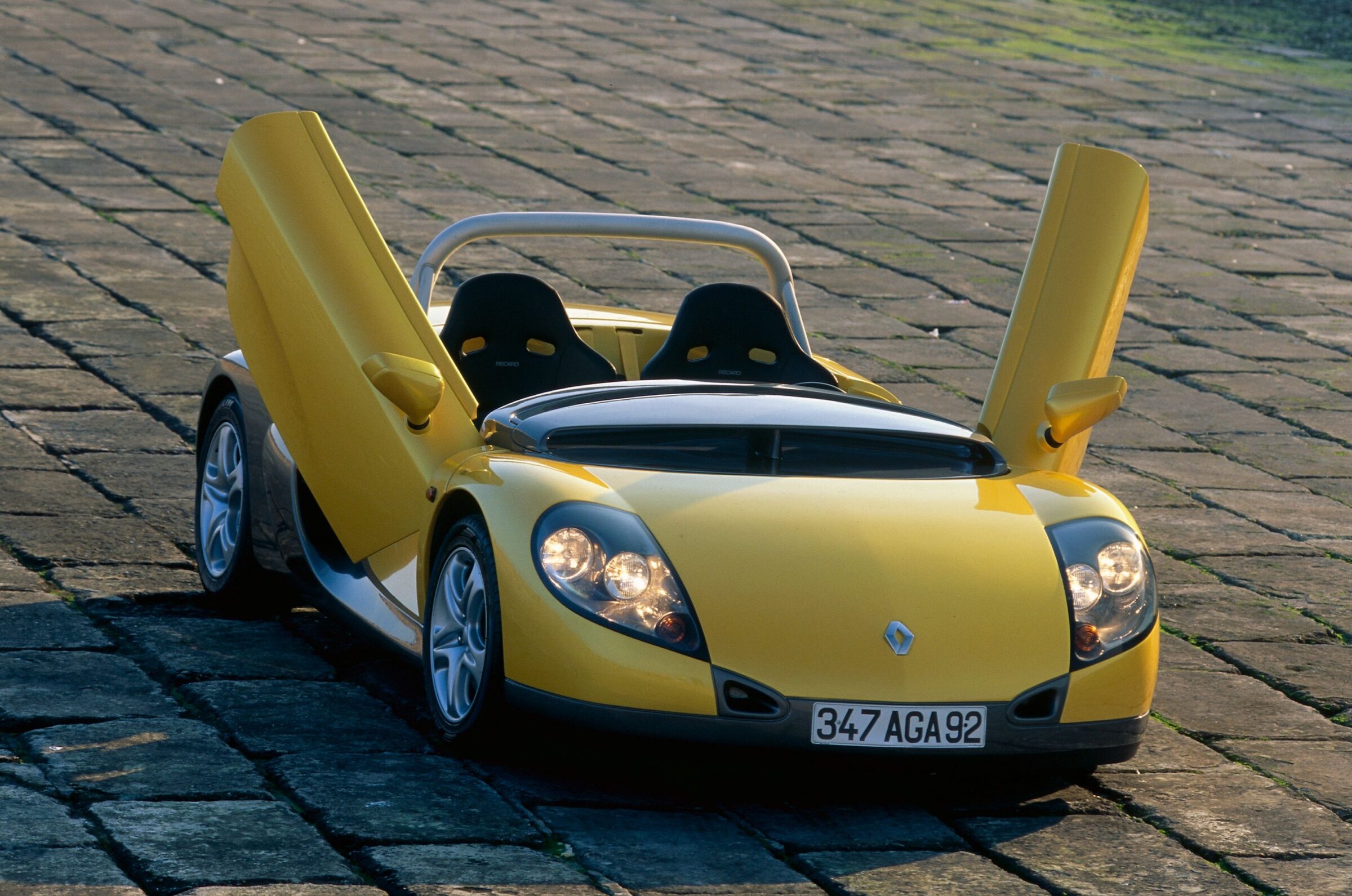Mitsubishi Starion ESI-R
Do you still know the Japanese sports cars and sports coupés of the 70s, 80s and 90s? No? There were the better-known models like the Mazda RX-7, Toyota Supra or the Z-series from Nissan/Datsun (starting with the 260Z and continued until today with the 370Z). In addition, also less well-known model series rolled of the production lines of various manufacturers, whose names such as MX-3, MX-6, XV, SVX, NSX, Prelude, CRX, 100NX, 200SX, Piazza, FTO or 3000GT rather reminded of electronic appliances. Even Toyota, where full names such as Celica or Paseo were maintained, entered the world of shortcuts with the mid-engined MR-2. Even Mitsubishi preserved the tradition of consistent model names for a long time before they switched to FTO and 3000GT. For example they had the Celeste from the mid-1970s and as its successor the Cordia, next to the top model Starion.
The latter sports vehicle is our topic of the day. According to Mitsubishi, the name derives from the invulnerable horse Arion from Greek mythology, after which also a star is named. In short the ‘Star of Arion’ is ‘Starion’. In various online publications, there is the suspicion that the Japanese engineers weren’t sure how to pronounce the word ‘stallion’ correctly. However, the mythological explanation fits better, as models like the Colt and Eclipse also got their names from famous horses. Under the bodywork with a long bonnet, flat sloping rear window and correspondingly compact passenger compartment is a classically constructed platform with the engine up front and rear-wheel drive. This was taken from the predecessor Sapporo. Under the bonnet was a four-cylinder turbo engine, which was available with two different displacements and in various power levels, depending on the market.
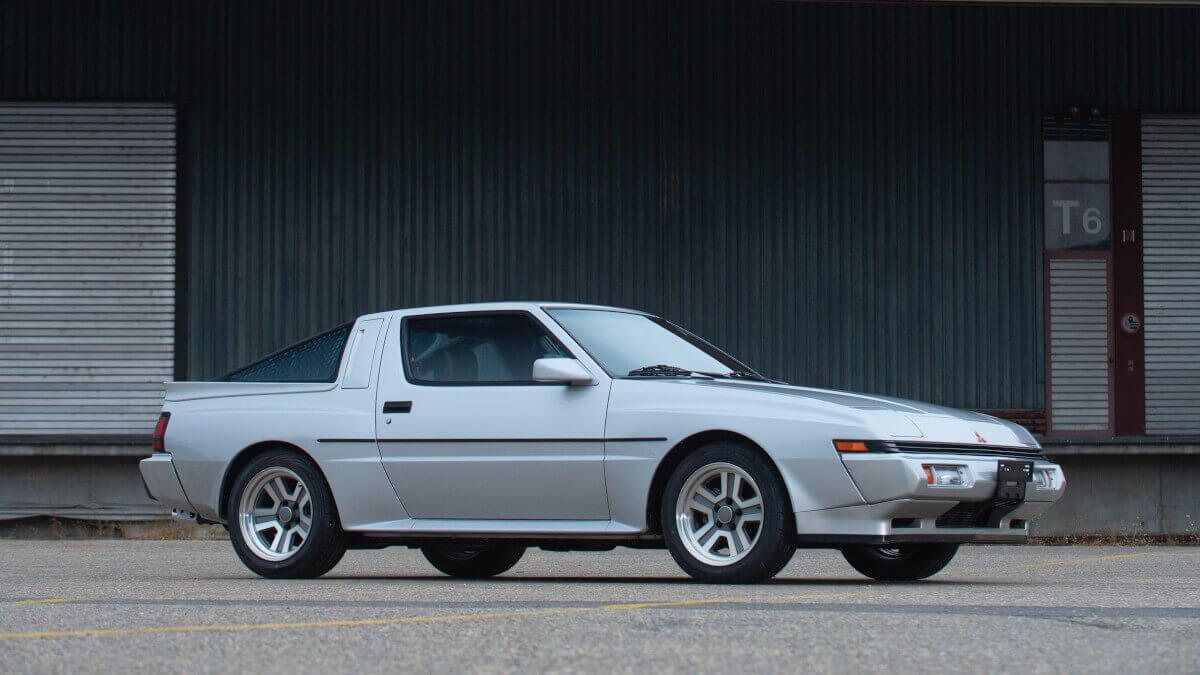

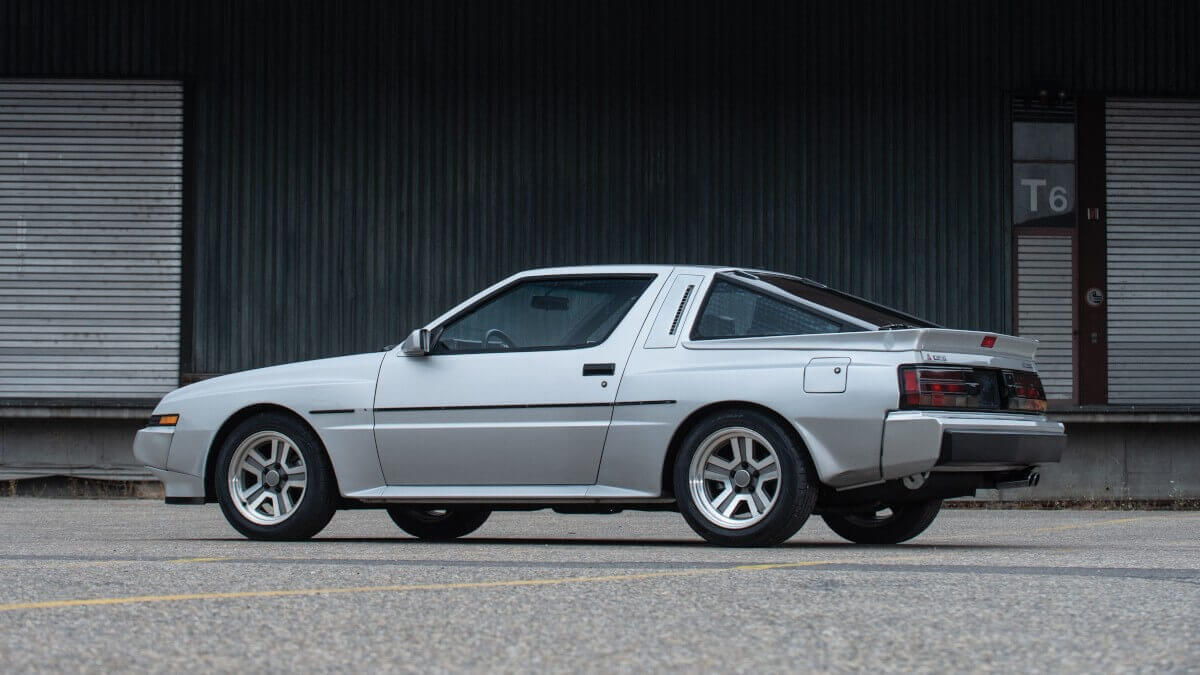

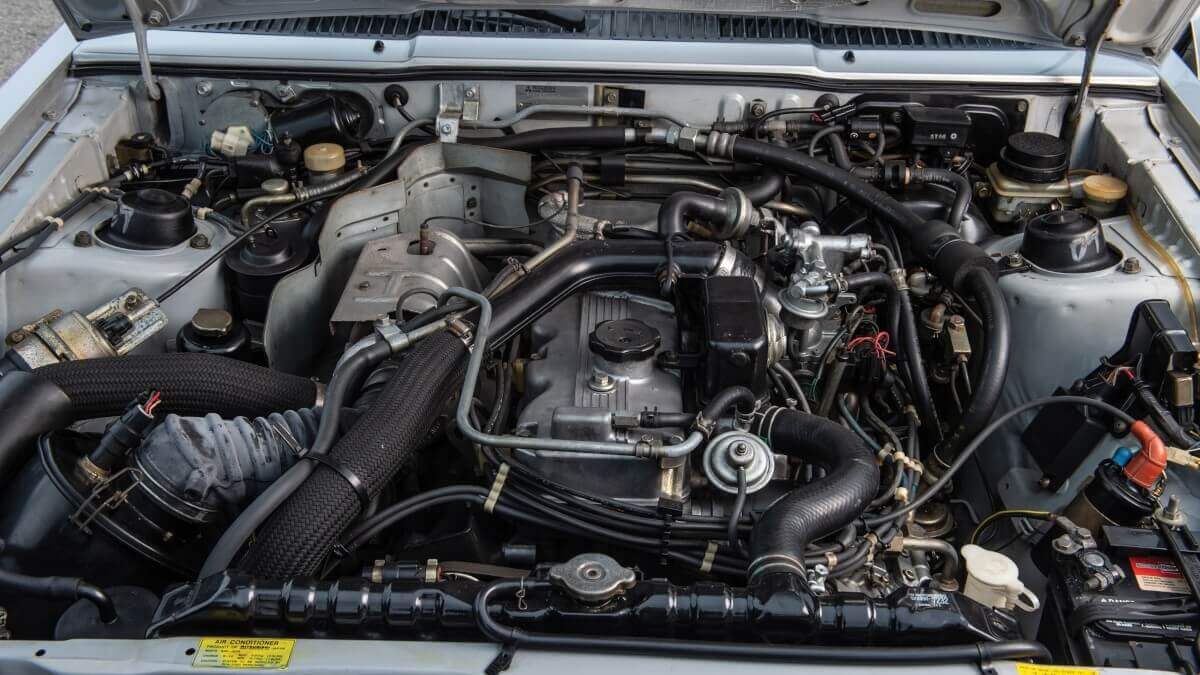

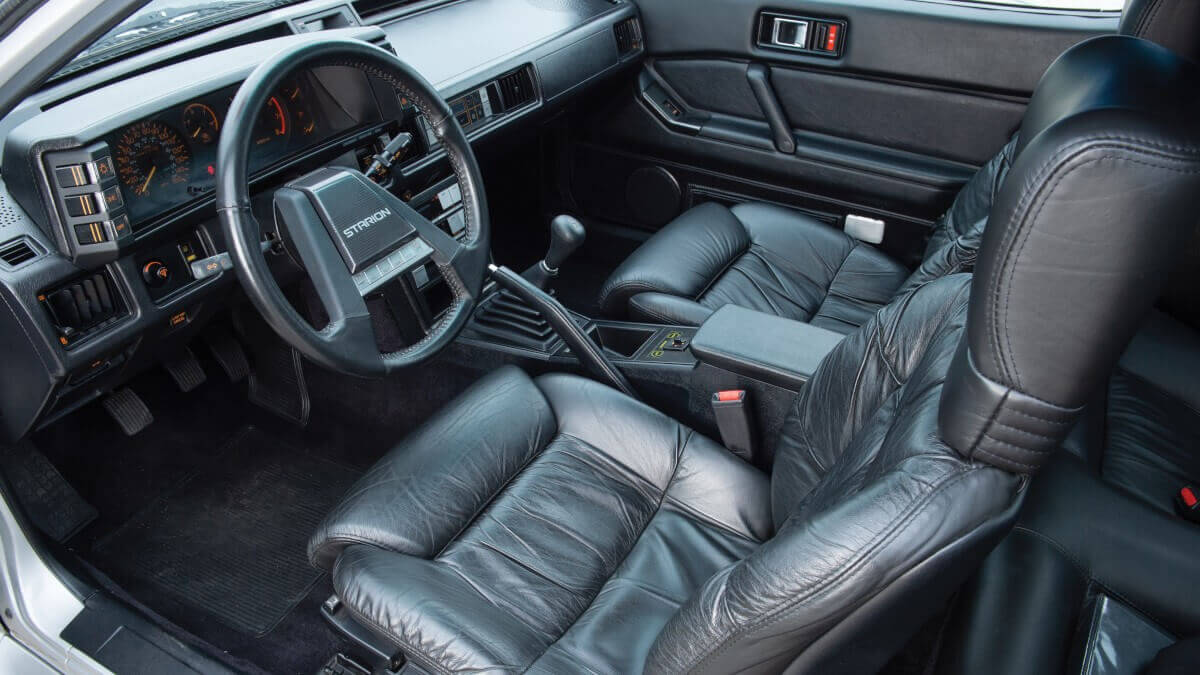

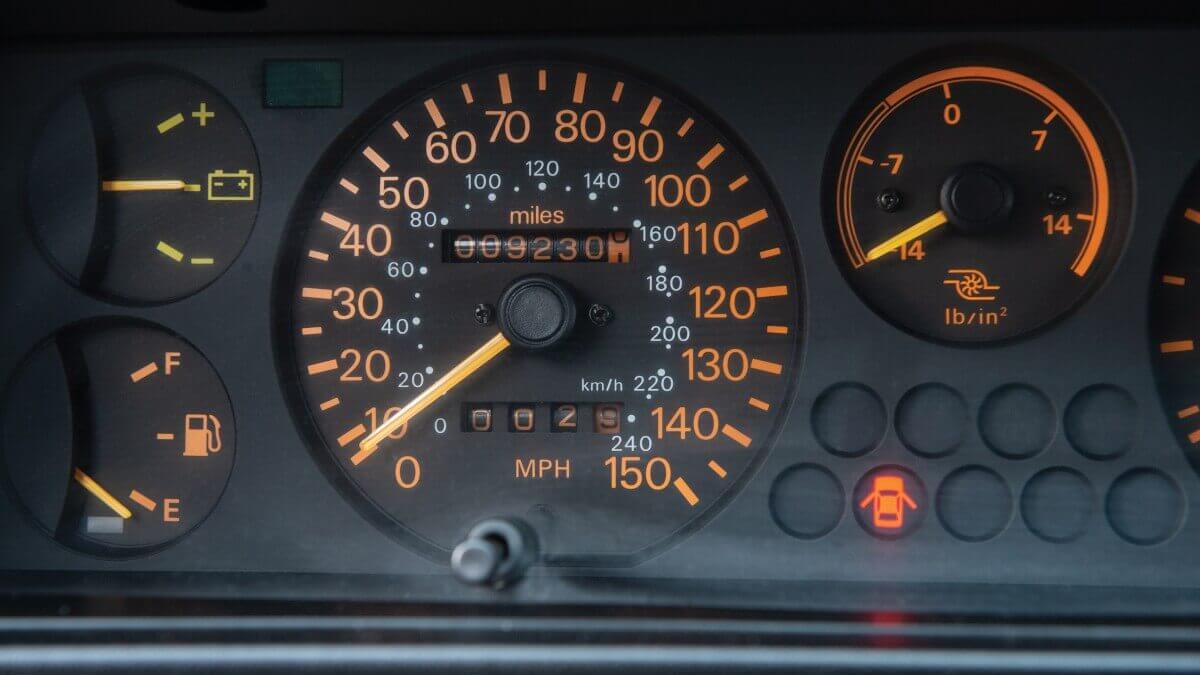

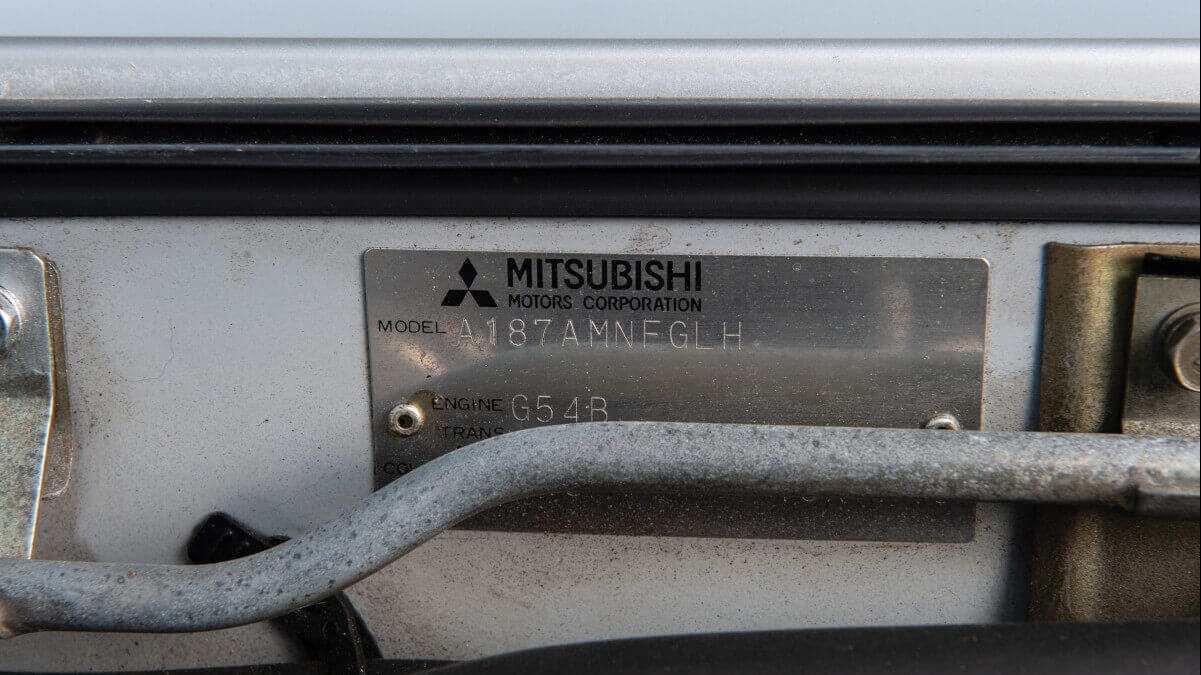



In Europe, the Starion was offered from 1982 especially with the two-liter engine with electronic injection and without intercooler. This delivered 125 kW/170 hp and 245 newtonmeters of torque, which together with the five-speed manual transmission accelerated the coupé in 7.6 seconds to 62 mph and up to a topspeed of 137 mph. With intercooler, the power increased to 180 hp from 1985. Especially for the US market (but also available in other countries), there was a 2.6-liter turbocharged engine from 1986, available in three different performance levels. Including intercooling, up to 140 kW/191 hp combined with 318 newtonmeters of torque were available ex works. These were only available in the new widebody bodywork with angular widened fenders, which was introduced with the facelift in 1986. In the US this version received the abbreviation ESI-R.
Although Mitsubishi produced a total of 49,659 copies (all versions combined) until 1989, today the Starion is a true rarity. The vast majority were driven until no wheel turned or the rust made them un-roadworthy. For example, in Germany only 52 of more than 3,300 sold cars were still on the road in 2015. Actually amazing, if you consider the racing successes of this car. Four times in a row, an US team won the Nelson Ledge 24-hour race as part of the SCCA, which as a championship was also dominated by the Starion from 1984 to 1988. Also in the Netherlands, the UK, Macau, Australia and Japan, the car was very successful on the racetrack, while also some cars were used with success on rallies like the Paris-Dakar, Milles Piste, Hong Kong-Beijing and other events.
At RM Sotheby’s, an early widebody vehicle will be auctioned off during the Techno Classica in Essen/Germany next week. It originally belonged to antique dealer Roy Yeabsley of Santa Barbara/California, who interestingly bought this Mitsubishi Starion ESI-R in November 1986 from his local Nissan/Datsun dealership. For the following 30 years until his death he kept the 2+2-seater. However, although he maintained the car very well, he only rarely drove it. Today the mileage is still below 9,300 miles. In 2016, this Starion became part of the Youngtimer Collection in Switzerland, which is currently auctioned by RM Sotheby’s in stages. Thus, this is a really rare opportunity, which may also be considered as a bargain with an estimated hammer price between 10,000 and 15,000 euros. A fully equipped sports coupé of the 80s in best condition probably won’t return to the market soon.
Images: RM Sotheby’s, Tom Wood


